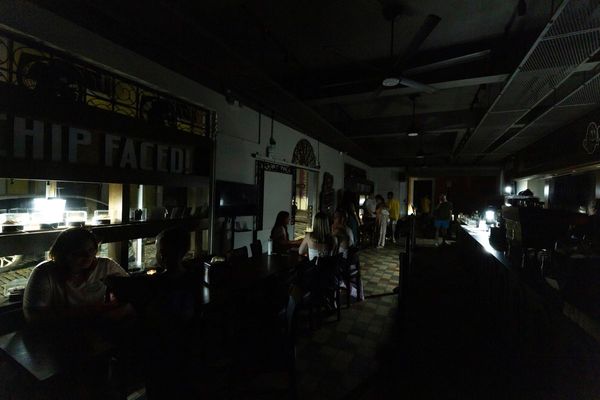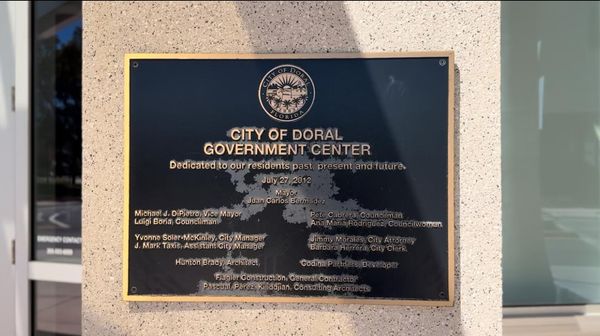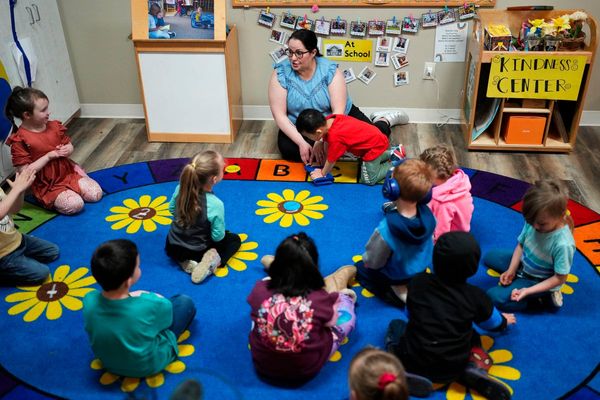PHILADELPHIA — Philadelphia’s post-pandemic revival continues, as the economy improves and jobs return two years after COVID-19 hit the city.
But city residents say those gains are shadowed by violence, with a record high number of murders and widespread shootings in 2021, according to the annual “State of the City” report published Thursday by The Pew Charitable Trusts.
Philadelphia is on trend with other large American cities: Its economy shows signs of life, but also an increase in major crimes such as retail robberies, home break-ins, and auto-thefts, as well as increased violent crimes such as homicides.
Business and advocacy groups said a return to law enforcement may be a way to improve residents’ quality of life.
Among bright spots in the report, Philadelphia’s unemployment dropped to 5.8%, roughly the same as before the pandemic, at the end of December 2021, down from a high of 19.5% in July 2020. Philly’s average jobless rate over all of 2021 was the much loftier 8.9%.
“When we look at the economy, absent the historic job losses in 2020, most sectors including leisure and hospitality recovered in 2021,” said report author Katie Martin. Among comparable large cities, Philly ranks second only to Detroit in jobless numbers, and the return of jobs has been in mostly low-wage positions, Pew’s survey found.
“All the jobs numbers are positive,” said Paul Levy, head of the Center City District representing business owners and residents. “But there’s a real differential in the recovery. The workers who can’t perform remotely are the most harmed.”
Another high point: residential building permits increased from 5,665 in 2020 to 26,116 in 2021. More than half of that increase was recorded in December, however, as developers rushed to secure permits before the expiration of a 10-year tax abatement, Martin said.
Philadelphia’s economy is slowly recovering — “emphasis on slowly,” agreed Michael Shields, research director at the Economy League of Greater Philadelphia.
But, he added, “we’re optimistic about the labor market, it’s candidate-friendly.” As for pay equity, “we’re not at a living wage yet but we’re getting there.”
In the midst of Philly’s economic rebound was last year’s record-high drug overdose deaths, the majority of which were tied to opioids.
In Philadelphia, overdoses rose to an estimated 1,250 last year, second out of nine large U.S. counties, Pew found. However, that number could change given that Philly officials haven’t released final data, Martin said.
Concern about Philly’s opioid crisis showed up more keenly in the city’s Hispanic-Latino neighborhoods.
About half of both white and Black city residents polled said opioid use has a negative impact on their neighborhoods. But more than two thirds of Hispanic-Latino residents said they feel a major negative impact in their neighborhoods, the survey found.
“This finding really speaks to how different demographics experience the crisis,” Martin said.
Pew also found a correlation between parts of the city that experience high levels of violent crime, such as the so-called River Wards, neighborhoods on the Delaware River: Kensington, Fishtown, Port Richmond and Bridesburg.
“Those stood out as neighborhoods who complained about and felt the strongest negative impact from opioids and also experienced the highest levels of violent crimes,” Martin said.
“Our number one concern is safety,” said Narasimha ‘Nick’ Shenoy, founder of the Asian-American Chamber of Commerce. He added, anti-Asian hate crimes have increased, “and there’s a lack of police protection. They’re not responsive. So no one goes to the police anymore.”
Pew found that 70% of Philly residents cited the combination of crime and gun violence and as their chief concerns now. Other metro areas also saw gun violence increase in 2021, with Philadelphia reporting 2,326 shootings last year.
While total violent crimes in Philadelphia decreased, gun violence soared — including a 28% increase in robberies with a firearm in the past year.
Homicides in Philly reached 562 in 2021, up 13% versus 2020, and a historic high since 1960, as far back as police data go.
The number of homicides per 100,000 residents was higher in Detroit, Cleveland, Baltimore and Pittsburgh, Pew found. Pittsburgh’s murder rate increased to 39.3 per 100,000 people, the biggest one-year increase among the 10 highest-ranked cities in the survey.
“We were surprised by the (Philadelphia) homicide rate being in the middle of the comparison cities, while Pittsburgh went up so dramatically versus prepandemic,” Martin said.
However, within crime data are nuances.
Philly’s jail population increased for first time since 2013, although it’s still half the level it was 10 years ago, when city received a MacArthur Foundation grant to cut incarceration rates.
Philadelphia and other cities including New York, San Francisco and Seattle now acknowledge that policing needs to return, albeit through reformed crimefighting, said Levy.
“We see a dramatic shift in thinking,” said Levy, including the Philadelphia population’s demand for better public safety and a return to visible beat policing. “There were awful things the police did, but the pendulum has swung back across the country toward reforming police, not abolishing them,” he said.
City Council member Cherelle Parker in particular has called for 300 additional on-the-ground beat officers and bike patrol.
To supplement policing, the Center City District added an evening shift of its own unarmed bicycle force, who ride around the area and carry radios monitored by city police.
“We began funding that from businesses paying for and contributing to above our regular dues,” Levy said.
Asian American business owners “need more attention from the city,” said Shenoy, citing data that 10% of all businesses in the city, or roughly 130,000, are owned by Asian immigrants from India, China and other Asian nations. “But unless the city provides security and safety they’re not going to be successful.”
Varsovia Fernandez agreed the city should focus on helping small business owners of color.
“The Pew report focuses on individuals,” said Fernandez, executive director of the Pennsylvania CDFI Network, which provides loans to under-served community business owners. “But they should focus on businesses, which bring more economic development to fight poverty.”
———
Methodology: Pew’s survey polled 1,541 Philadelphians over the age of 18 between Jan. 3-31, and asked a series of questions on the pandemic, health, finances, employment, gun violence and people navigating their neighborhoods.







